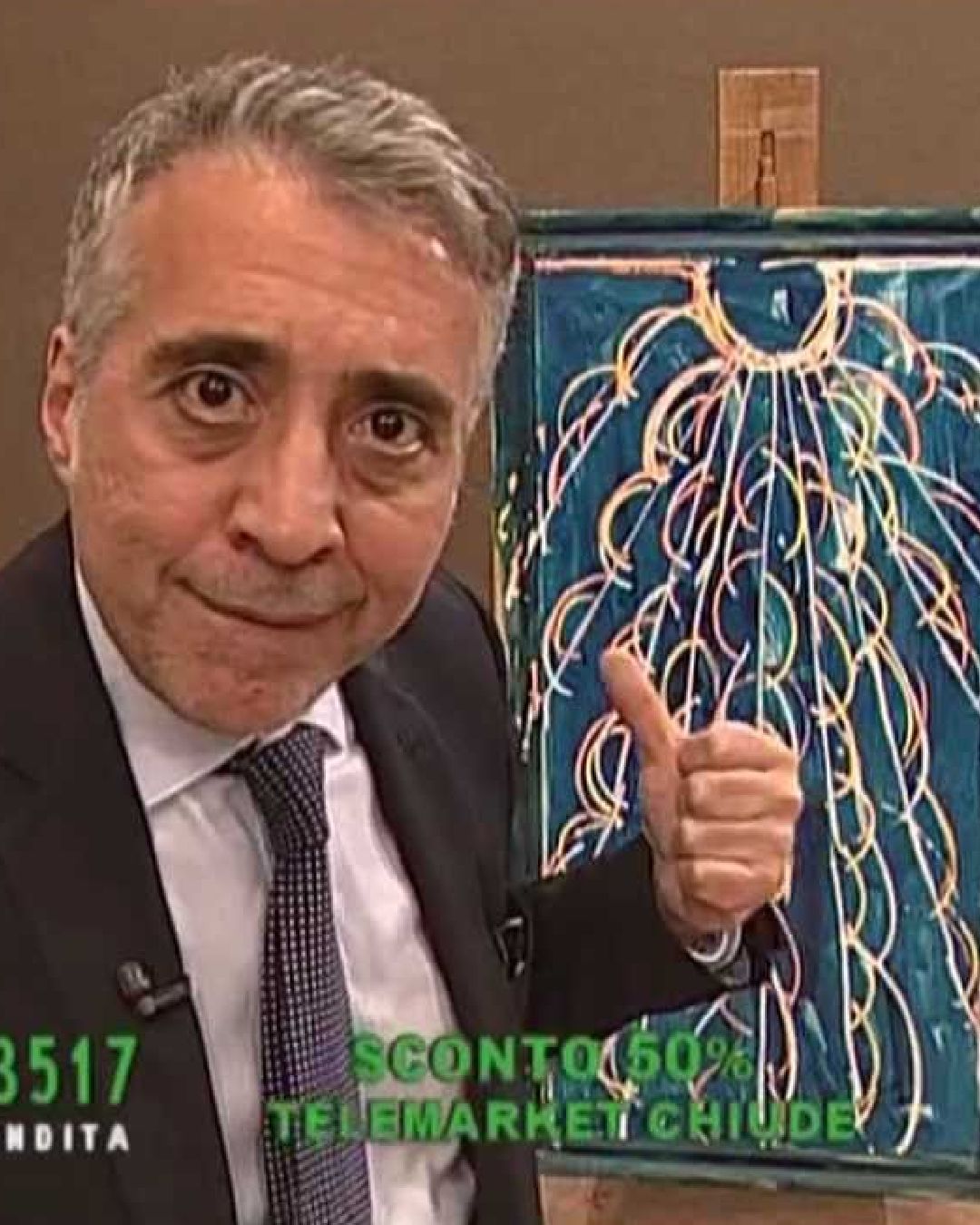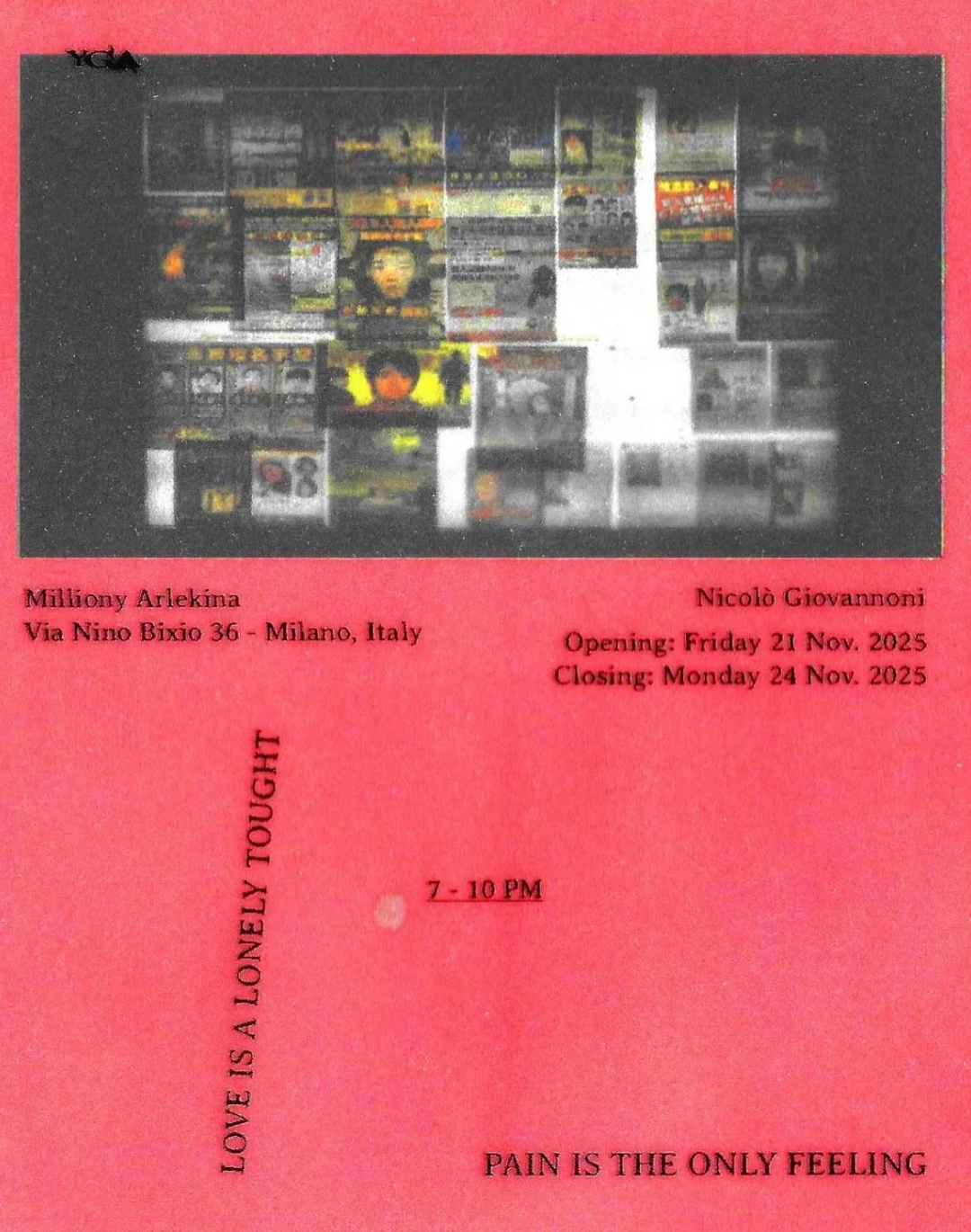
Is selling art on TV still a thing? Here's how art telesales have changed over time
For some forty years now, works of art - paintings, sculptures, antiques and art objects in general - have found an additional sales channel to traditional galleries and art fairs. Although they seem to belong to another era, but telesales are still a thing, especially those specialising in art. Ever since the 1980s - the golden age of TV sales - they have managed to adapt to the digital world and all the major changes that have taken place in television history, creating a niche that nowsadays, in Italy, can count on around ten specialised channels active on digital terrestrial and satellite TV, thus sharing a small yet very particular sector.
Audiences and purchasing methods
Their audience, although over time much reduced with the physiological decline - in terms of popularity - of traditional television, is today more informed and attentive than in the past. The generalist audience of the golden years of teleshopping, who naively relied on the word of some witty presenter to approach a world they in fact did not know, has been replaced by a pool of users who a part from being real art enthusiast also happen to have developed a proper eye for art works. Whereas in the pre-Internet era people could not always quickly verify the real values of the works of art presented, today a simple click is enough to understand whether the proposed quotation is appropriate, which is why prices offered in telesales tend to increasingly match those of galleries or online sales. And if in the past there were few rules to protect their customers, now even these broadcasts must comply with the rules of remote sales. It is no longer possible to complete a purchase during a live broadcast: through the switchboards, the potential buyer 'books' the work of art viewed on the screen, after which it is delivered to his or her home, and only then does the purchase take place or not - on which, however, there is a right of withdrawal before a certain period of time. In addition, there is often the possibility of deferring payment over several years, or of exchanging the object for other works of art. However, most of the operators in this sector have very high conversion rates from bookings to sales - a sign that this is a niche market that's still quite succesful.
Continuerò a bloccare tutti gli sponsorizzati finché non appariranno Francesco Boni o Alessandro Orlando a propormi dei Cascella. pic.twitter.com/HwLvZEgoq9
— 00101010 (@bg00101010) July 3, 2023
Allrounders and documentaries
The companies behind the art telesales, which are often family-run, nowadays act as intermediaries, even taking care of the shipping of the artwork, often even at the hands of the presenter of the programme itself. They produce and broadcast documentaries on the art world, in order to gain the attention of the now increasingly knowledgeable viewers. >The artwork collections that are put up for sale are bought by television stations from private individuals, who may be collectors, investors or people who have inherited art objects. Some telcos, however, collaborate with art galleries or have physical stores. Almost all of them, on the other hand, have online sales channels and give the possibility of streaming the broadcasts.
What they're selling
The prices of the art objects offered generally range from a thousand euros, up to several hundred thousand for the most expensive pieces. The average age of the customers is over 45 years-old, and Lombardy is, together with Lazio, among the regions where art telesales are most popular. Among the users of this particular market there are enthusiasts with large budgets (the case of Silvio Berlusconi is well known), but also people with lower incomes, who perhaps remain outside the traditional sales channels because they live a long way from the big cities or are not used to frequenting galleries or art fairs. The number of people following art teleshopping is estimated to be in the thousands, which can reach over 10,000 - in some cases 20,000 - during peak viewing times. The broadcasts are usually very long (covering several hours live), and aim to keep viewers company, with the objective of seducing them into buying. If you notice, theirs is a large slice of the audience compared to that which can be reached by other, more traditional sales methods.















































